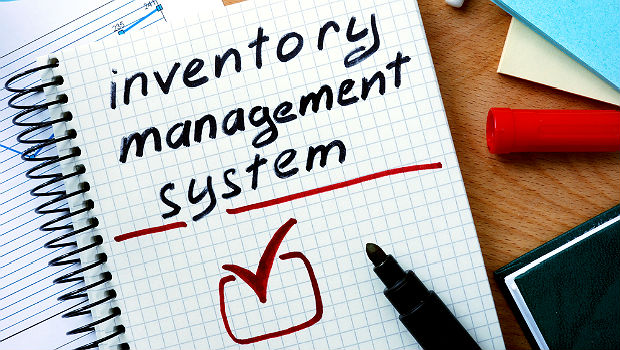Manage Your Inventory Instead of Your Inventory Managing You
An ERP system is only as good as the data you feed it.
March 24, 2017

 By Lane Burkitt
By Lane Burkitt
Supply-chain experts enter the field knowing the importance of managing products. That expertise is also important to channel companies that provide hardware to customers. However, knowing the ins and outs of your product inventory doesn’t mean that you understand how software – namely your enterprise resource planning system – helps keep your inventory under control.
Consider such tasks as changing lead times, safety stock numbers and more. Simply put, an ERP will manage your product based on the parameters that your team sets. And that’s the challenge — computers calculate statistics extremely well. But (for now) they aren’t “smart.” They can’t think for themselves, and likely won’t reason critically for the foreseeable future. They are only as useful as the inputs and parameters that are fed to them.
Furthermore, you need to understand how your system handles inventory. Do you follow a push or pull approach? A pull system works to lower inventory levels because you are basing your approach on actual orders, or real demand, rather than forecasting. A push system requires a good forecast of product demand that drives buying inventory in order to support forecasts. Product is being pushed through the system in order to create product.
It can be easier to set up a push system, logistically, but the risk is that you disconnect production of product from real demand.
With this backdrop in mind, here are a few recommendations for how to manage your inventory rather than letting your inventory manage you:
Don’t rely too heavily on your ERP system: This can be an easy trap to fall into because a “smart” ERP system can easily become “dumb,” which can hurt your bottom line. First and foremost, supply-chain professionals need to closely look at outputs. Never assume the process was handled appropriately. Overreliance can lead to mistakes and both lost time and money.
Consider this real-life example: A piece of plant-floor equipment was updated, allowing it to complete work three times faster than before. However, that parameter wasn’t entered into the ERP, resulting in troubling and costly increases in inventory.
The Incredible Expanding Line Card: There are right and wrong ways to add new products and services to your line card. Don’t get dazzled by tech. Instead, focus on client and vertical, what value you can add and your staff’s strengths. Join us to learn three ways to grow smart. |
Know who are “product��” vs. “process” people on your team: In other words, pay close attention to what skill sets you have internally. Some channel professionals are great at focusing on details but may not be high-level thinkers. These are often “product” people, and too often they are not viewed as the leaders they actually are within a team. Your “process” people may not pay as much attention to detail, but they are the ones who can help identify the steps needed to ensure quality is maintained. Know who excels where, and your team will function more efficiently and better manage your inventory.
Be proactive when adding a new ERP: If you don’t have an ERP system or need to update yours, get a strong management sponsor. For example, it takes time to set up the system properly and give your team the training it needs to execute properly in the long-term. Even with training, I’ve seen it take double the time for a team to be comfortable using the system than the manager expected. Make sure this doesn’t come as a surprise.
One way to make adoption run more smoothly is to create scenarios that your supply chain team is likely to face. The ERP software supplier’s trainers are likely not experts in supply chains or your business. They know their software. It’s up to you to make sure your staff is trained with scenarios they will face.
Finally, don’t be afraid to proactively make changes if the system isn’t working. While it is expensive to start the process over, it will be much costlier if a glitchy ERP system adversely impacts distribution, costing your company and your customers money. Being methodical about problem solving and processes will pay off in getting your solutions out the door, on time and properly configured, every time. Avoid relying completely on automation. Systems can manage us if we don’t understand the parameters.
Lane Burkitt is director of professional services at the Institute for Supply Management.
Read more about:
AgentsAbout the Author(s)
You May Also Like


